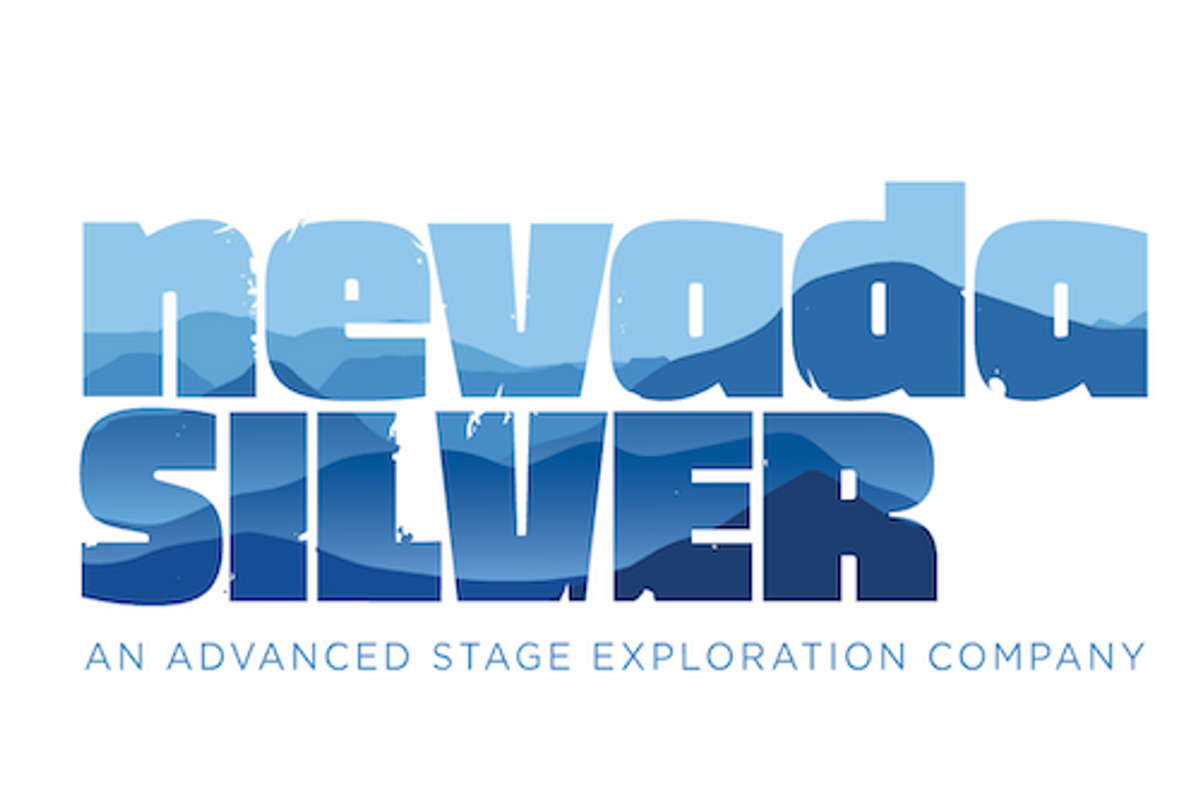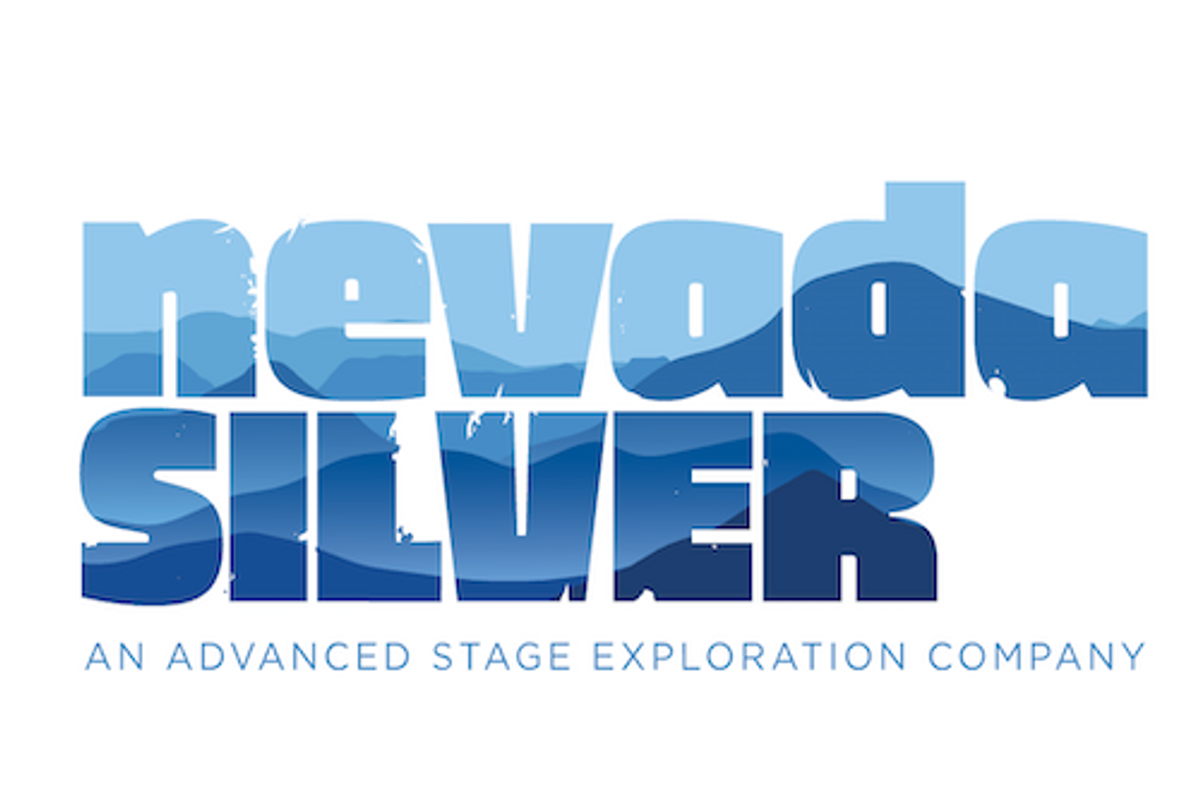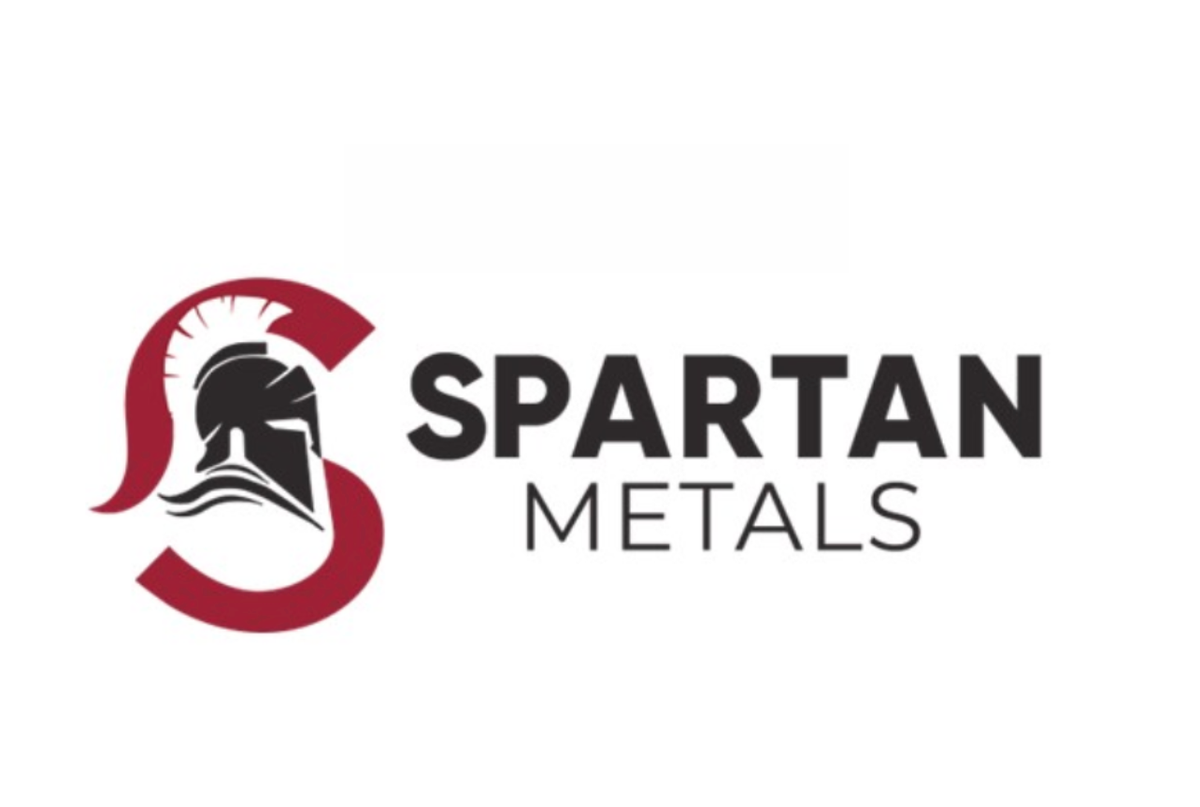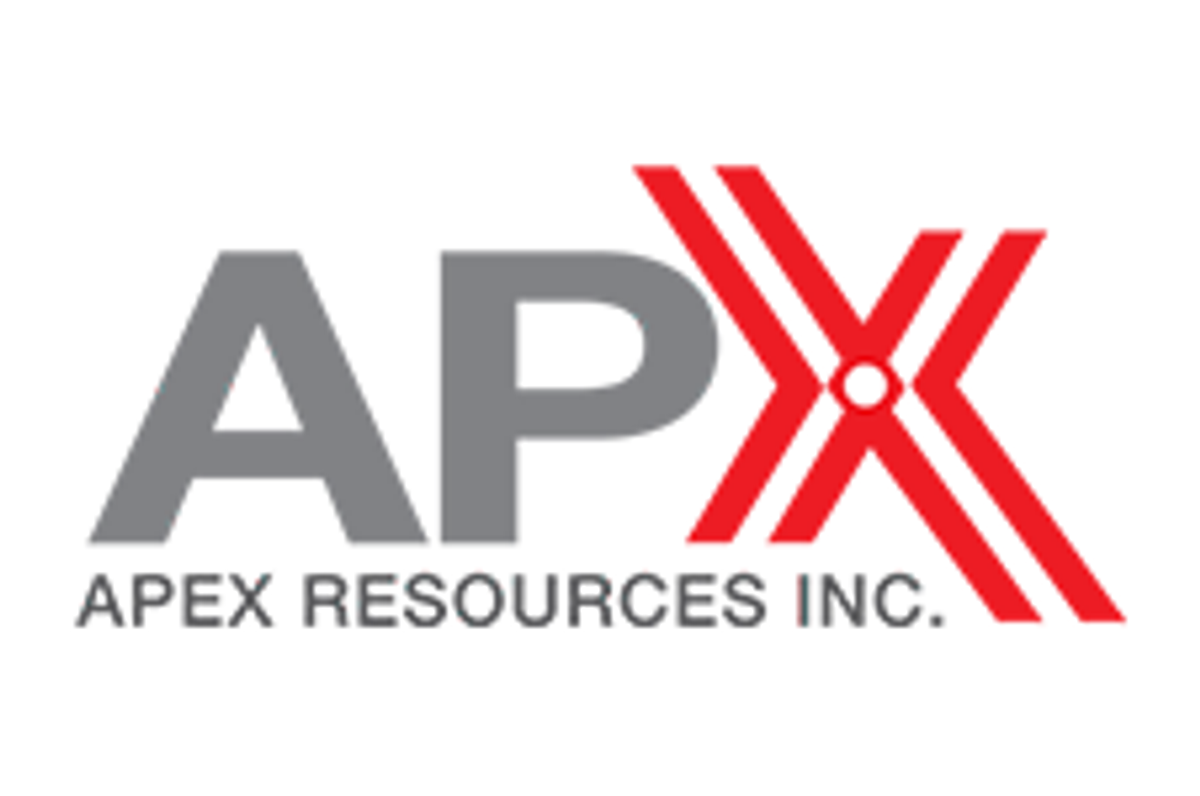
Nevada Silver Corporation (TSXV: NSC) (OTCQB: NVDSF) ("NSC" or the "Company") further to its press releases of 24th March 24, 2022, and 12th August 2022, is pleased to announce that it has closed the previously announced sale of securities of its indirectly wholly owned U.S.A. subsidiary, North Star Manganese Inc ("NSM"). NSM sold a total of 3,160,233 shares of NSM at a price of US$0.25 per share for gross proceeds of US$790,058.23 (the "NSM Financing"). As a result of the NSM Financing, the outstanding shares of NSM has increased to 33,160,233 shares of NSM common stock, with the Company's indirect shareholding reducing to approximately 90.5%.
The NSM Financing has received the final approval of the TSX Venture Exchange. Proceeds from the NSM Financing will be used to advance technical studies at the Emily Manganese project and for general working capital. No commissions or fees were paid in connection with the NSM Financing.
NSM holds the Emily Manganese Project in Minnesota, USA (the "Emily Manganese Project"). The Company's focus is on its Corcoran Silver-Gold Project in Nevada, USA, and does not consider the Emily Manganese Project to be material to its operations. As announced on December 21, 2021, the Company is considering its options with respect to the financing, development and commercialization of the Emily Manganese Project and how best to advance it (any such transaction, a "Value Realization Transaction"). Any Value Realization Transaction will be subject to receipt of all necessary corporate, securities, shareholder, and regulatory approvals, including the approval of the TSX Venture Exchange. There can be no assurances that a Value Realization Transaction will be completed, either on the terms outlined, or at all. Further updates will be provided as they occur. Please see the Company's filing statement dated April 20, 2021, for further information about the Emily Manganese Project, available under the Company's profile at www.SEDAR.com.
About Nevada Silver Corporation
Nevada Silver Corporation (TSXV: NSC) (OTCQB: NVDSF) is a multi-commodity resource company with two exploration projects in the USA. NSC's principal asset is the Corcoran Silver-Gold Project in Nevada. In addition, NSC has management and ownership rights over the Emily Manganese Project in Minnesota, which has been the subject of considerable technical studies, with US$24 million invested to date. Both Corcoran and Emily have been the subject of National Instrument 43-101 compliant mineral resource estimates.
This announcement does not constitute an offer of securities for sale in the United States, nor may any securities referred to herein be offered or sold in the United States absent registration or an exemption from registration as provided in the U.S. Securities Act of 1933 as amended (the "Securities Act") and the rules and regulations thereunder. The securities referred to herein have not been registered pursuant to the Securities Act and there is no intention to register any of the securities in the United States or to conduct a public offering of securities in the United States.
For further Information please contact:
Gary Lewis
Group CEO & Director
T: +1 (416) 941 8900
gl@nevadasilvercorp.com
CHF Capital Markets
Perry Rapagna
Manager, Corporate Development
T: +1 (416) 868-1079 x 230
perry@chfir.com
Neither the TSX Venture Exchange nor its Regulation Services Provider (as that term is defined in the policies of the TSX Venture Exchange) accepts responsibility for the adequacy or accuracy of this release.
Forward-Looking Information
This news release contains "forward-looking information" and "forward-looking statements" (collectively, "forward-looking information") within the meaning of applicable securities laws. Forward-looking information is generally identifiable by use of the words "believes," "may," "plans," "will," "anticipates," "intends," "could", "estimates", "expects", "forecasts", "projects" and similar expressions, and the negative of such expressions.
Forward-looking information is subject to known and unknown risks, uncertainties and other factors that may cause the Company's actual results, level of activity, performance or achievements to be materially different from those expressed or implied by such forward-looking information, including, without limitation, risks as a result of the Company having a limited operating history and may have a wide variance from actual results, risks concerning the ability to raise additional equity or debt capital to continue its business, uncertainty regarding the inclusion of inferred mineral resources in the mineral resource estimate which are too speculative geologically to be classified as mineral reserves, uncertainty regarding the ability to convert any part of the mineral resource into mineral reserves, uncertainty involving resource estimates and the ability to extract those resources economically, or at all, uncertainty involving exploration (including drilling) programs and the Company's ability to expand and upgrade existing resource estimates, risks involved in any future regulatory processes and actions, risks from making a production decision (if any) without any feasibility study completed on the Company's properties, risks applicable to mining exploration, development and/or operations generally, and risk as a result of the Company being subject to certain covenants with respect to its activities by creditors, as well as other risks.
Forward-looking information is based on the reasonable assumptions, estimates, analysis and opinions of management made in light of its experience and perception of trends, current conditions and expected developments, and other factors that management believes are relevant and reasonable in the circumstances at the date such statements are made. Although the Company has attempted to identify important factors that could cause actual results to differ materially from those contained in forward-looking information, there may be other factors that cause results not to be as anticipated. There can be no assurance that such information will prove to be accurate, as actual results and future events could differ materially from those anticipated in such information. Accordingly, readers should not place undue reliance on forward-looking information.
All forward-looking information herein is qualified in its entirety by this cautionary statement, and the Company disclaims any obligation to revise or update any such forward-looking information or to publicly announce the result of any revisions to any of the forward-looking information contained herein to reflect future results, events or developments, except as required by law.
NOT FOR DISSEMINATION IN THE UNITED STATES OR THROUGH U.S. NEWS WIRES

To view the source version of this press release, please visit https://www.newsfilecorp.com/release/135506




